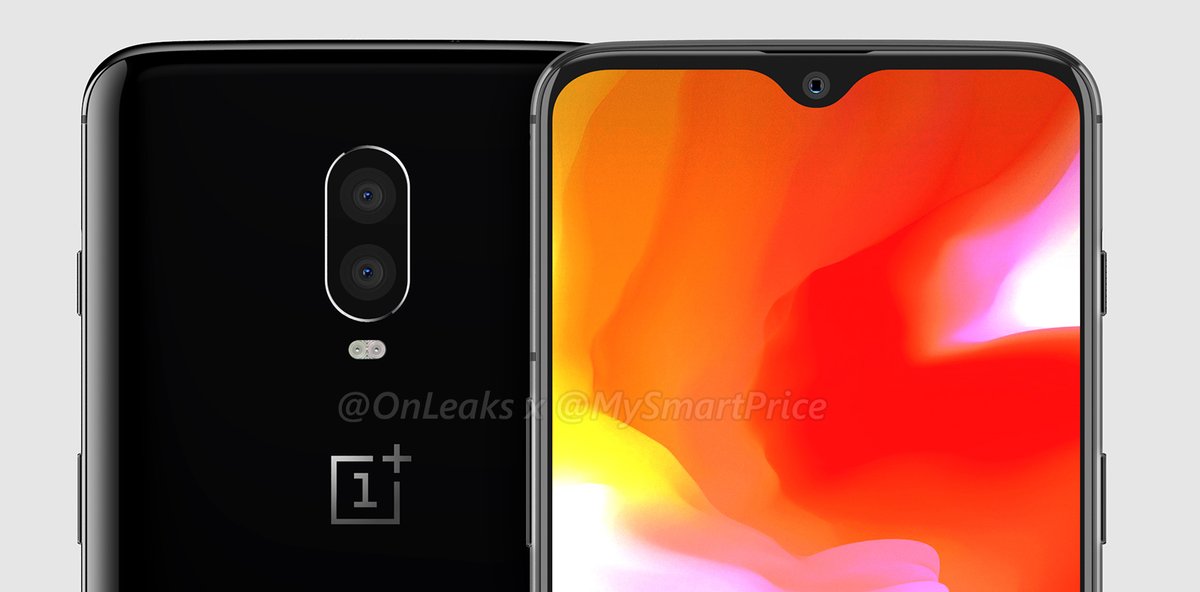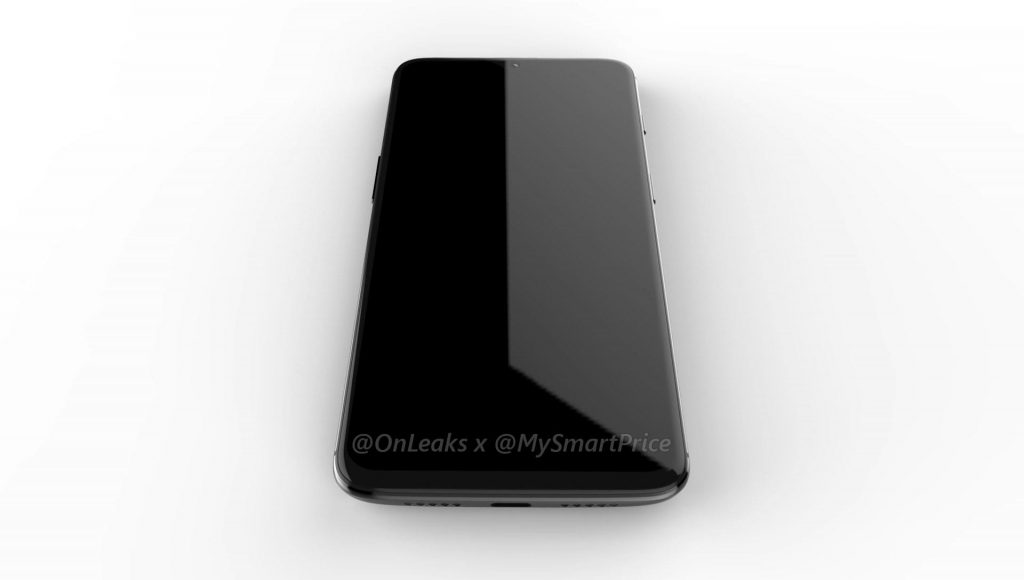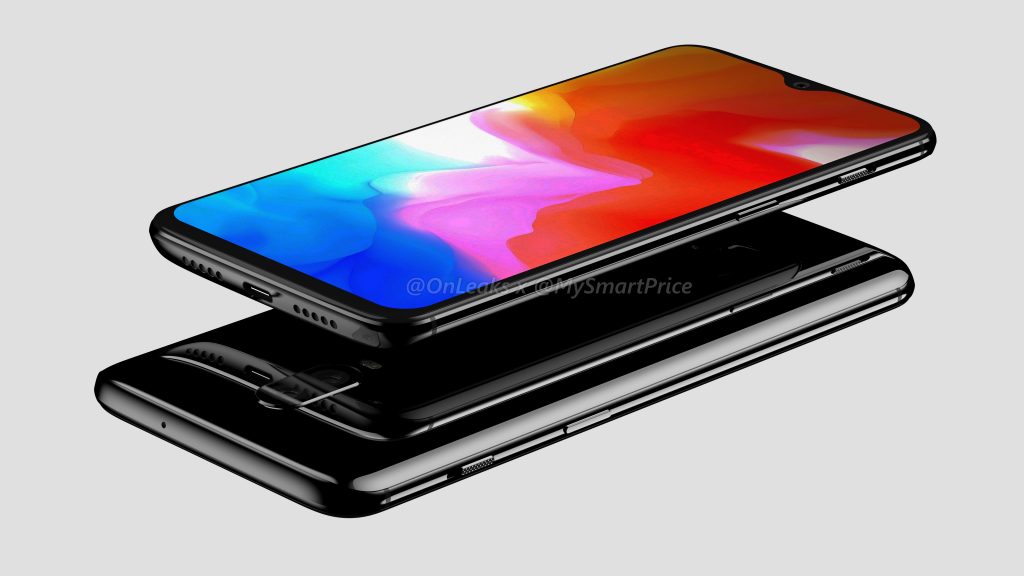OnePlus have always been an enthusiasts phone and for that reason they have tried to include everything they could inside an affordable package. As time marches on so does technology and as such something has had to give – in this case the headphone jack. OnePlus CEO and co-founder Pete Lau spoke to CNET to explain why along with other design decisions.
The OnePlus 6T is shaping up to be a worthy successor to the successful OnePlus 6 with many details already known. Pete Lau spoke to CNET detailing some of their choices and the reasons behind them. The headphone jack removal on the OnePlus 6T was not a decision made lightly considering many of their fans have expressed their love for it.
This has been one of the most difficult decisions for us to make. The most difficult task in the day-to-day is… finding a balance in what’s ultimately going to be part of the end product and what has to be said ‘No’ to.
In the end the decision was to either move forward with the technology and include an in-display fingerprint sensor or to keep the headphone jack. The future won. The in-display fingerprint sensor’s hardware sits at the bottom of the phone rather than the middle on the OnePlus 6 and thus takes the place of where the headphone jack hardware was located.
Pete Lau also believes that once people use the in-display fingerprint sensor they will see why OnePlus chose that instead of the headphone jack:
After you experience the Screen Unlock you’ll fall in love with it. [You’ll] realise that it’s the experience that you wanted.
We unlock our phones multiple times a day, and Screen Unlock reduces the number of steps to complete the action.
Unfortunately this use of leading edge technology comes at a cost — a thicker phone by 0.45mm and an increase in price (US$20 increase). Of course the phone is still priced well below other flagships so a US$20 is a small price to pay.
Other bits and pieces the OnePlus CEO touched on were regarding wireless charging and an IP rating. At the moment OnePlus have one of the fastest wired charging solutions available and believe that until wireless charging can get up to the same speed there is little value in it.
We’re working hard on this. When we get to the day that the wireless charging can get up to speed without the implication of heat that we expect, then I believe we can integrate the technology.
As for the IP rating, the OnePlus 6T will be more water resistant than the OnePlus 6 but the cost involved with gaining an IP rating is prohibitive. For OnePlus to undergo that certification for the very very few users who “go swimming” with their phone would make the phone approximately US$30 more, something they were not willing to do.
The OnePlus 6T promises to be a great phone at a still affordable price. Remember, not many flagships are available under $1000AUD, and especially none with specs as good as the OnePlus 6T promises to have. In my opinion the software experience on a OnePlus device is second to none, including Pixel phones which puts their OnePlus 6T at the top of my list of phones I want to try out — now if only I could buy one here in Australia.
Will a lack of a headphone jack, IP rating or wireless charging make you look elsewhere or is it something you’d prefer to have but not a deal breaker?






